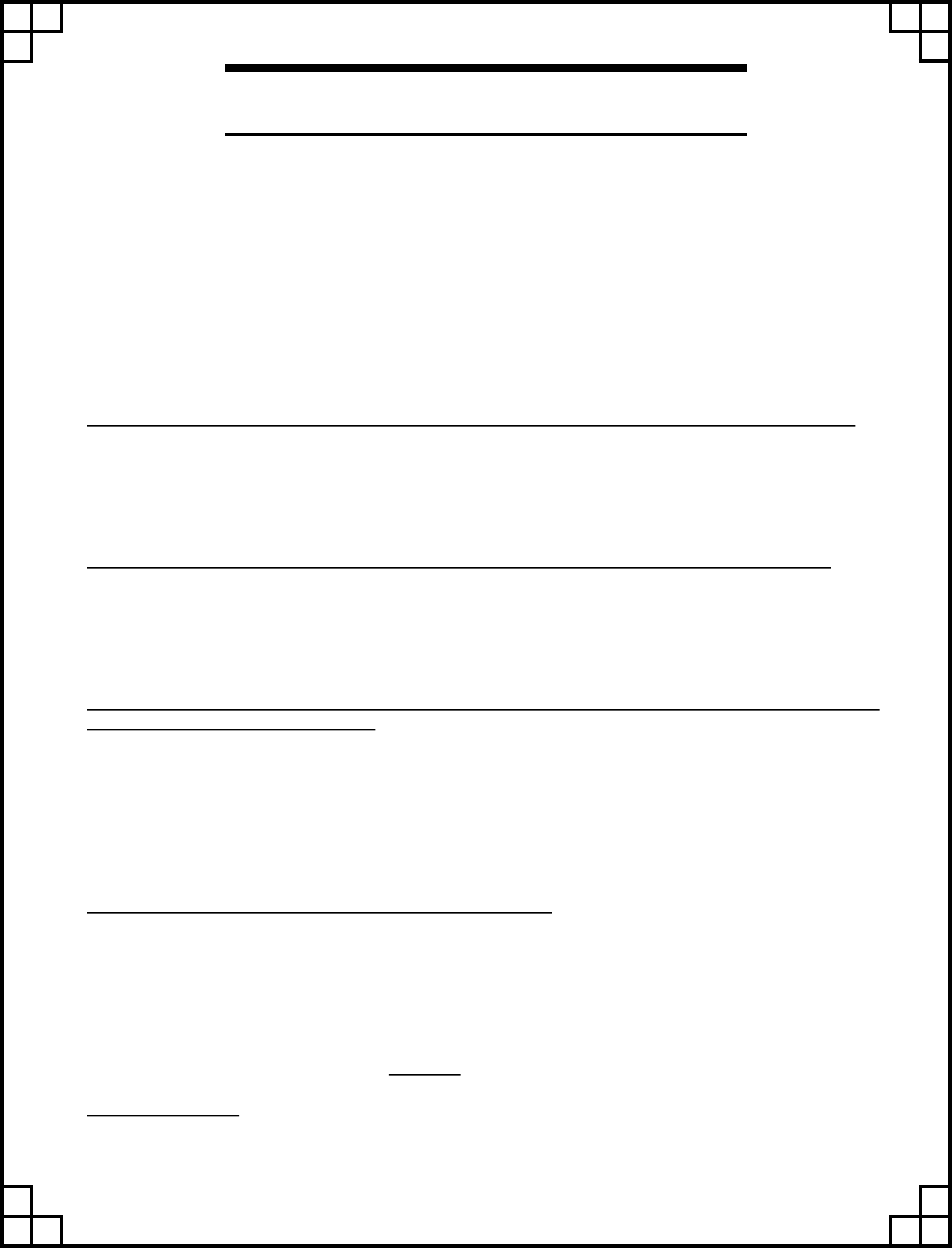
Commas &
Semi-colons
Commas and semi-colons are two forms of punctuation that help indicate to readers a
pause, change of direction, clarification, or list. They can help writers to transition, pace
sentences, layer meaning, and clarify.
Commas
How and when do writers use commas in sentences?
Listing or a series
When you have multiple elements— nouns, verbs, adjectives, or adverbs— use a
comma to separate each item. The comma prior to the second to last item, and before
the “and” or “or,” is called the “oxford comma” and is considered optional in some
contexts. APA requires the oxford comma, and it is often encouraged for clarity’s sake.
My academic voice as a historian was pronounced, articulate, and confident.
After introductory phrases or words
Introductory phrases typically come before a sentence’s subject. Commas after short
phrases are typically optional.
When texting was first introduced, there was a 160-word character limit.
Similarly, you might spend hours upon hours on a paper that falls short in the eyes of its
main audience.
Setting off “nonessential” or “nonrestrictive” clauses
A “Nonessential” or “nonrestrictive” clause is not necessary for the sentence to remain
grammatically correct without it. Use two commas to set the clause apart from the rest
of the sentence.
Mary finds that little literature, written by both male and female authors, attends to the
actual experiences of women.
The study of words grants us the gift of insight, or the ability to see inside of thing, to
see the systems and structures that manifest themselves into parts of our daily lives.
Joining two “independent clauses” with a “conjunction” (and, or, but, so)
An independent clause can stand alone as a sentence. When you want to connect two
independent clauses, use a comma before the conjunction— and, or, but, or so.
Writing forces us to put our inner lives out on display, and that can be incredibly
intimidating.
Special thanks to Kendyl Harmeling, Lauren Plumlee, Kelby Gibson, Tristan DeWitt, Rose Dyar, and
Michelle Buntain for lending the example sentences from their UofL Writing Center blog posts.

Semicolons
How do semicolons function in a sentence?
You have three options for putting punctuation between two complete sentences. Most
often, you will use a period. Other times, you may join together two sentences with a
conjunction (i.e., and, but) and a comma. In the third option, discussed here, you can
join together two sentences using a semicolon. Using a semicolon can help you suggest
to the reader that there is a particular connection between the two sentences that the
reader should think about.
How and when do writers use semicolons?
Joining two related independent clauses (complete thoughts/sentences) in a sentence
Writing papers may take a mental toll; studies suggest naps to refresh the mind.
The initial popularity of the Beatles did not fade; “Love Me Do” was the first of twenty-
seven number one hits for the group.
Joining two independent clauses using words such as “however” and “nonetheless”
My fingers were cramping from overuse; nonetheless, I continued to type.
Thousands of fans flocked to stadiums to see the Beatles; however, no one could hear
the band over the crowd’s roar.
Indicating a break within a list that already uses commas (this is the only time a semico-
lon takes the place of a comma)
On our road trip, we visited Louisville, Kentucky; Athens, Georgia; and Austin, Texas.
The Beatles were John Lennon, guitarist; Paul McCartney, bassist; George Harrison, gui-
tarist; and Ringo Starr, drummer.
When do writers avoid using a semicolon?
Joining two clauses which are not both independent
Megen locked her keys in the car; because she is forgetful.
Riding a bicycle down the street; Doris waved to her friends.
I meant to do the dishes today; but I took a nap instead.
(Each of these examples needs a comma instead.)
Introducing a list
Television can do many things; introduce new ideas, present compelling stories, and fry
your retinas.
(The correct punctuation mark here is a colon.)
